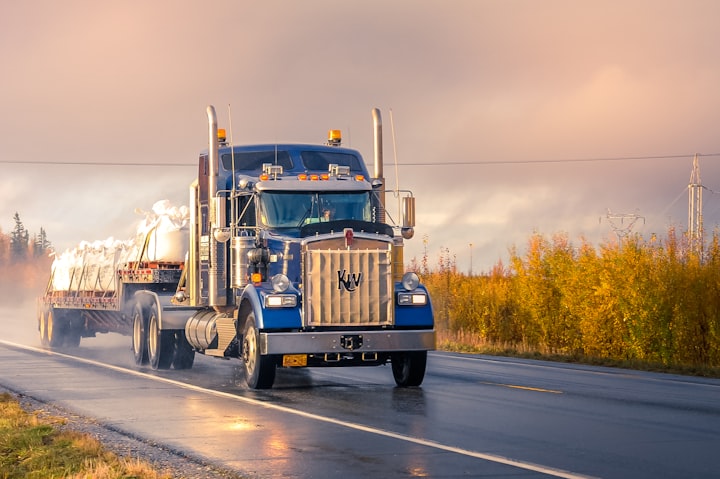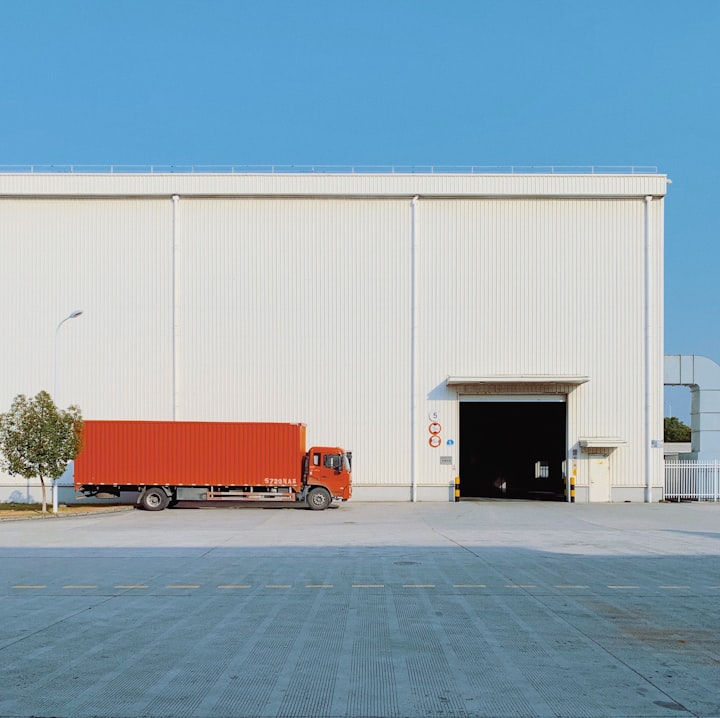HGV Timeline - A Century in Review
For almost as long as humanity has existed, people have looked for effective ways to transport large quantities of goods over long distances.
For almost as long as humanity has existed, people have looked for effective ways to transport large quantities of goods over long distances. Back in early history, the options were ships or animal-drawn wagons. In more recent history, these were surpassed by planes, trains and, finally, HGVs.
To explore further, Andrea Easton, Head of Finance and Operations at Fleet Ex take a look back in time and how the world of HGV all started, and where we’re at now.
The beginnings of the HGV industry
The HGV as we know it has been around since the end of the 19th century (1896). These early HGVs were, however, very primitive compared to the ones we have today.
The single, biggest difference was that they used solid rubber tyres. This meant that they had to be driven very slowly and carefully. It also meant that the cargo (and the driver) had to be able to withstand inevitable bumps.
Another key difference between these early HGVs and modern ones was that the first HGVs did not have electric light. This was resolved in 1912 and did a lot to encourage businesses to take HGVs seriously. Even though HGVs were still very slow (due to the tyres), they could now travel in the hours of darkness. This effectively cut journey times significantly.
The HGV steps up a gear
The period from the early 1920s to the late 1940s was arguably the time when the future of the HGV was confirmed. To begin with, the 1920s saw two major innovations that significantly improved the performance of HGVs. These were the invention of pneumatic (air-filled tyres) and the invention of the fifth-wheel coupling.
Pneumatic tyres made it possible for HGVs to be driven both faster and more comfortably. The fifth-wheel coupling made loading and unloading far more efficient. Both of these inventions proved invaluable during this turbulent period. In the first and second world wars, vast numbers of HGVs were used to transport vital supplies. In the inter-war years, they were used to help rebuild war-ravaged countries.
The logistics industry begins
During the war years, manufacturers produced vast numbers of HGVs to help with the war effort. When the world wars finally came to an end, many of these HGVs were still perfectly serviceable. They were therefore quickly adopted into civilian use and the logistics industry as we know it began.
As the demand for HGV transportation grew, so did the demand for drivers. This encouraged manufacturers to prioritise driver comfort. As a result, the HGVs of the 1960s and 1970s developed better and better facilities for drivers. For example, sleepers literally doubled in length, going from 18" to 24" to 36" to 48".
The logistics industry goes into flux
The end of the 1970s was a period of major social change culminating in the Winter of Discontent. This propelled Margaret Thatcher to power and ushered in the start of even more changes.
Mrs Thatcher is probably most associated with free-market capitalism and hence deregulation. This is true but her premiership was also the time when HGV safety began to be taken really seriously. For example, in 1975 there were 90 HGV-related accidents, whereas in 1985 there were just 63. It was also her government that introduced mandatory tachographs.
Online retailers arrive
By the early 1990s, the internet was capable of supporting online retail. This led to the arrival of disruptive companies such as Amazon (founded in 1994). These companies were experts at leveraging technology to maximise efficiency. They needed their suppliers to be able to keep up with them.
That meant the HGV industry had to modernise at speed. Much of this change was in back-office systems. The HGVs themselves, however, did undergo some noticeable updates. In particular, they began to incorporate much more technology, including wireless internet.
The 21st century brings safety and sustainability to the fore
Since the beginning of the 21st century, the process of making HGVs more high-tech has really picked up pace. Now, driver-assistive technologies play a key role in combating human weakness and errors to keep everyone safe. The next frontier is full electrification with all the possibilities that brings.
About the Creator
Andrea Easton
Andrea Easton is the Head of Finance and Operations at Fleet Ex who specialise in quality ex-fleet/end of lease trucks and trailers and are global leaders in the trucking industry.







Comments
There are no comments for this story
Be the first to respond and start the conversation.